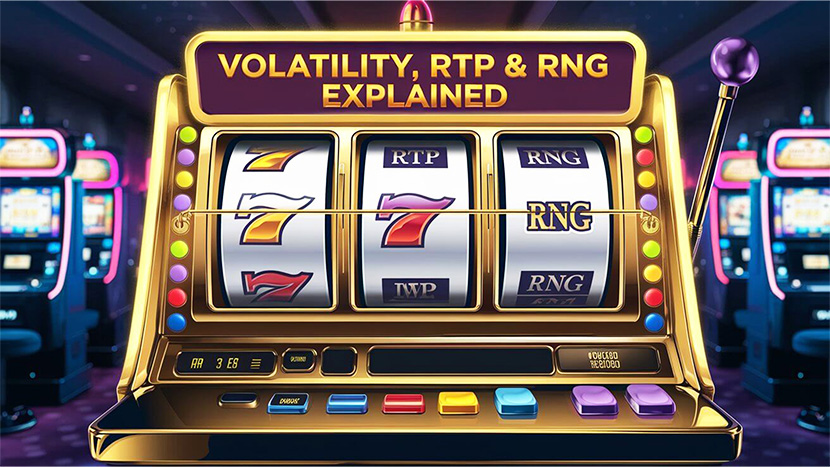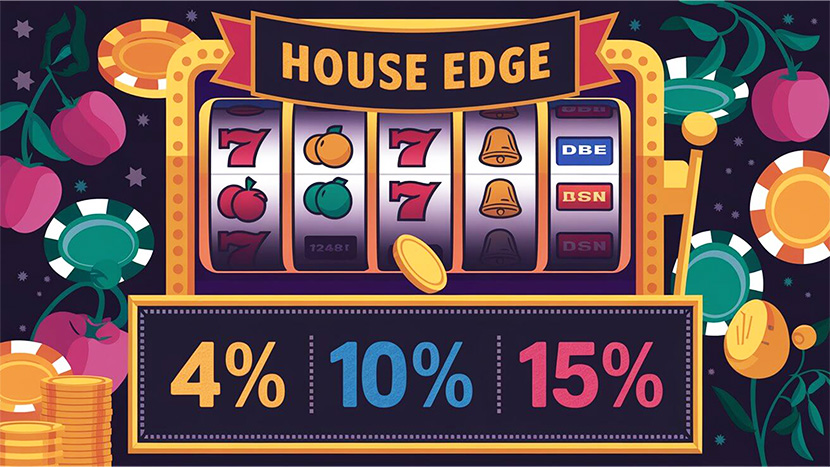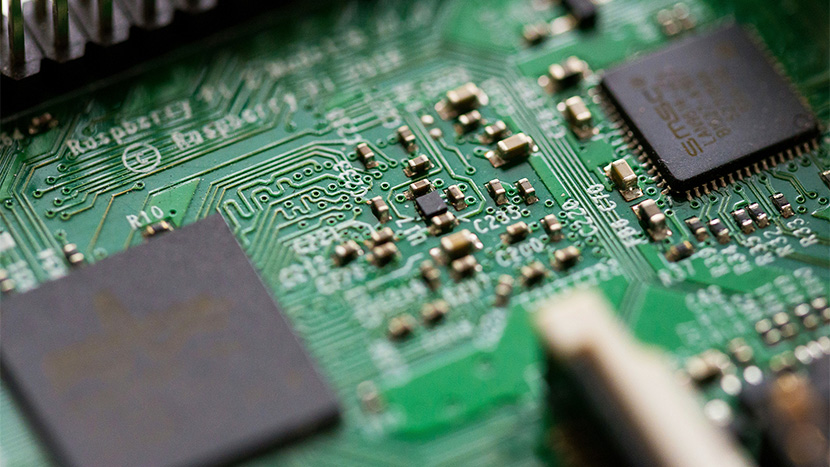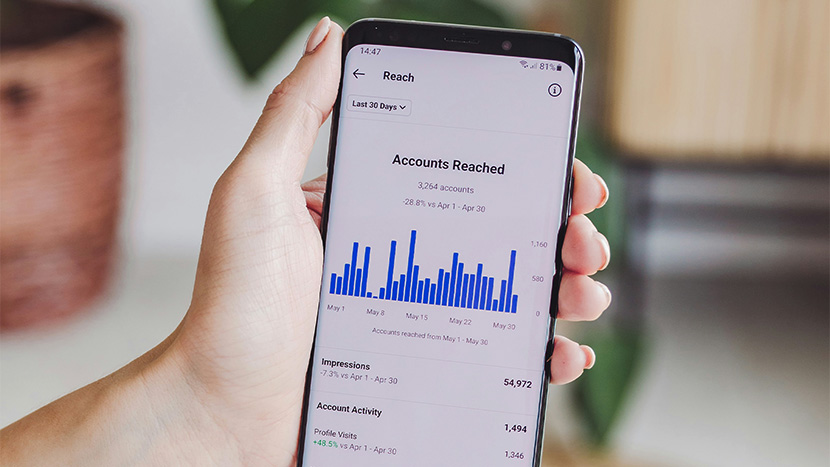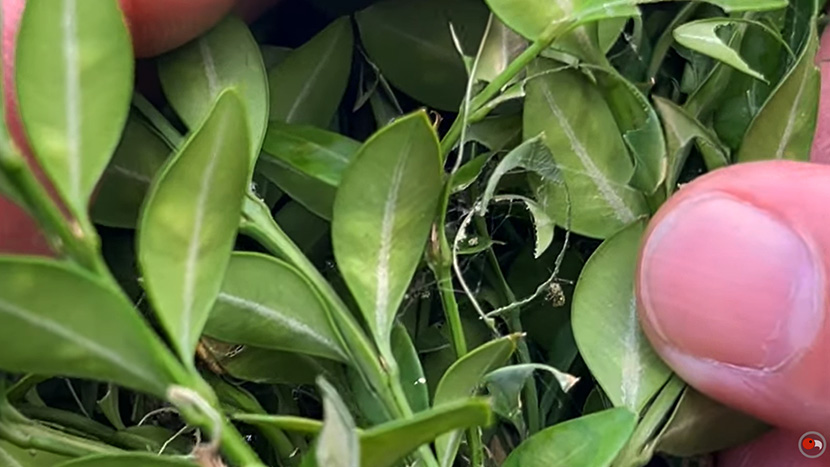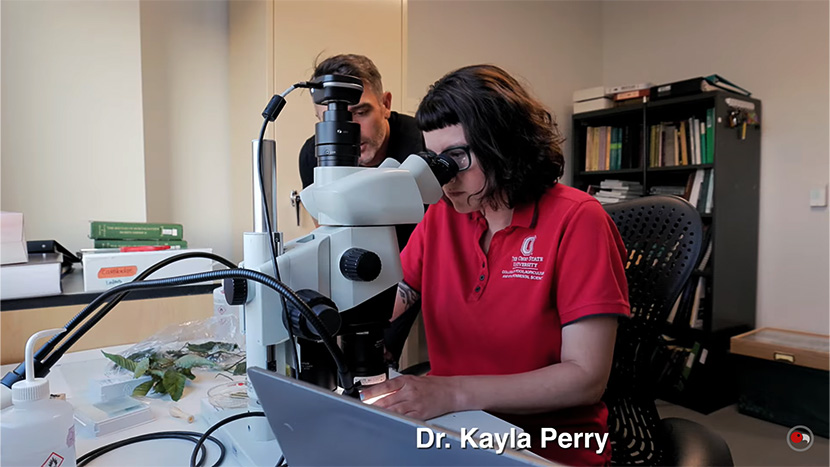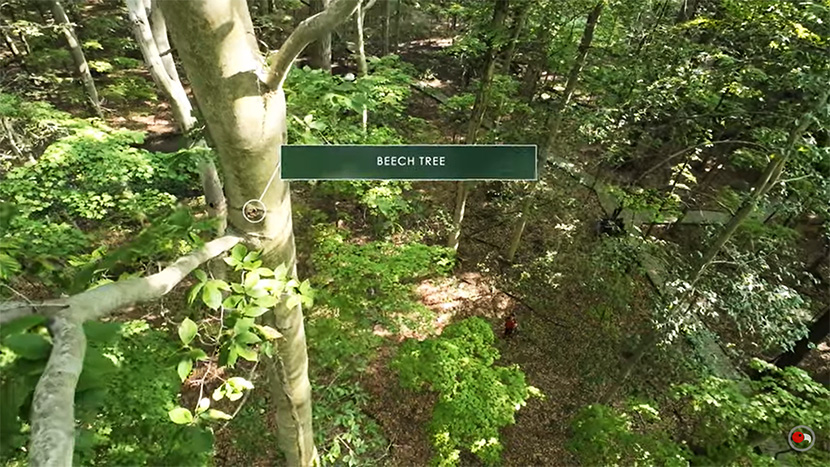Online slot machines are the most popular games at any online casino due to their engaging features, fun themes, and entertaining gameplay. Many novice players are drawn to the thrill of these online casino games without fully understanding the mechanics.
In this article, we’ll explore the key elements that will help you understand how online slots work and how they produce 100% random results.
The Core Mechanics of Online Casino Slots
Online slots are random and unpredictable games; the result of every spin is independent and can’t be influenced by any means. But how do slots ensure randomness on every spin? These games are powered by a combination of algorithms and mathematical models to provide these results.
The result of a spin on a slot machine isn’t determined by the casino but rather by the game’s software, which selects a random combination of symbols to appear on the screen. As we’ll discuss later, choosing a reputable online casino with real RNG slots is crucial to avoid the risk of unfair or rigged games.
How RTP, RNG & Volatility Work Together in Online Casino Slots?
To understand the core mechanics of casino slots, we must closely examine these three key elements: slot volatility, RTP, and RNG. By looking at how these work together to create unpredictable results, you can better understand how your favourite casino online slots work.
What Does RTP Mean in Slots?
RTP, or Return to Player, refers to the theoretical percentage of all wagered money a slot machine returns to players over time.
For example, a slot with an RTP of 96% means that, theoretically, for every €100 wagered on the game, €96 will be returned to players as winnings.
However, RTP is a long-term average, and in the short term, results vary significantly. This is because the RTP percentage is calculated over an extended simulated gameplay period, typically at least one million spins. You may experience wins or losses far from the theoretical RTP percentage during a session, so proper bankroll management is important.
Higher RTP slots generally offer better winning odds. The best online slots typically have an average RTP rate of 96% or higher.
The Role of RNG in Ensuring Randomness
To understand how online casino slots produce random results, you must first understand what an RNG is.
RNG stands for Random Number Generator, a software algorithm that ensures every spin in an online slot is completely random and independent. It guarantees that no pattern can be predicted and that each outcome is as fair as possible. The RNG generates a sequence of numbers that corresponds to a specific symbol on each reel.
For fairness, independent testing firms must regularly test and certify RNG technology. The two most widely-recognised and reputable ones are the following:
eCogra
The eCommerce and Online Gaming Regulation and Assurance Board, or eCOGRA, is a UK-based independent regulatory body. It’s one of the leading testing companies responsible for testing and certifying online casino operators and software providers.
eCOGRA certifies RNG systems by performing rigorous checks to ensure randomness and accuracy in slot games. If you see the eCOGRA seal of approval on the footer of a casino online, you can rest assured the games are fair.
iTechLabs
iTechLabs is another reputable organisation that tests RNGs for fairness. Along with eCOGRA, iTechLabs is one of the leading testing labs working with some of the biggest online gambling operators. The company tests various game types, including online slot games, to ensure compliance with regulatory requirements and fairness principles.
Volatility: High vs. Low Slot Variance
Slot volatility, also called variance, describes how often a slot pays out and the average size of those wins. In other words, the volatility of slots online tells you how risky a slot is. Naturally, casino online games are all inherently risky, but some are riskier than others because they pay out less frequently.
Let’s take a closer look at the three volatility levels:
- Low – Low volatility slots offer relatively frequent but small payouts. These slots suit players who like to play with low stakes and prefer more consistent rewards.
- High – High volatility slots pay larger wins but on an infrequent basis. These slots are the riskiest type and are often defined by long losing spells.
- Medium – Medium volatility slots are a balance between low and high volatility slots, offering moderate wins in frequency and size.
The House Edge in Casino Slots
Another concept crucial to understanding online slots is the house edge. The house edge is similar to the RTP rate, but instead of indicating the money a slot pays back, it tells you the casino’s advantage in the game. In other words, it’s how the casino ensures profitability, regardless of the outcome of individual spins.
The house edge is critical to remember whenever you play online casino games. Whether you’re playing slots, casino table games, or instant win games, it’s important to understand that every casino game has a house edge.
What Is the House Edge?
If a slot has an RTP of 96%, the casino house edge is 4%. This means that, on average, for every €100 wagered, the casino expects to keep €4, while the remaining €96 is returned to players.
Understanding how it works can help you select games that offer the best chances of winning by choosing the lowest house edge casino games.
How the House Edge Differs Across Games
The house edge varies not only across different slots but also across other casino games. Below is a comparison of house edges for different types of casino games:
| Casino Game | House Edge (%) |
|---|---|
| Online slots | 4% to 15% (varies per slot) |
| Blackjack | 0.5% |
| Roulette (European) | 2.70% |
| Roulette (American) | 5.76% |
Why the House Edge Matters for Slot Players
Although the casino’s advantage can never be eliminated, choosing the best house edge casino games can improve the odds.
Here are some tips to help you select games with favourable odds:
- Choose slots with an RTP of 96% or higher.
- Look for casinos which provide the RTP information for each game.
The Science Behind Slot Randomness: Myths vs. Reality
Due to the thrill and excitement of casino games online, there are, unfortunately, many myths about gambling. The table below debunks some common misconceptions about classic casino games like slot machines:
| Myth | Fact |
|---|---|
| A big win is typically ‘due’ after a long losing streak. | Slots are completely random, and every spin is independent. Past spins never influence the outcome. |
| Slot machines can be ‘hot’ or ‘cold’. | There’s no such thing as a hot or cold slot; they’re all random. If a slot looks like it’s paying out more, it’s purely by coincidence. |
| The bigger your bet, the better your odds of winning. | The size of your stake doesn’t influence the odds of winning. The RTP is fixed and can’t be changed depending on how much you wager. |
| There are tips and strategies to beat slots. | You can’t predict or influence the result of a spin because the RNG determines it. |
Tips for Choosing the Best Casino Online for Slot Games
It’s important to consider some key factors if you want to find the best online casino for playing slots. First, ensuring that the platform is trustworthy, secure, and has the best casino games online with fair results is essential.
Here are a few tips to help you make the best choice:
- Look for proper licensing by reputable gambling authorities, such as the UK Gambling Commission and the Malta Gaming Authority.
- Check for slot RTP transparency; reputable casinos provide this information for players.
- Ensure secure payment methods to protect your personal and financial details.
Understanding how RTP, RNG, and volatility work together can enhance your appreciation of online slots, but it’s important to remember that these games are based on luck. While knowing these mechanics can help you understand how your favourite games work, there are no strategies to guarantee success.
Always play responsibly and choose licensed casinos that offer fair and secure gaming experiences. Whether you prefer low, medium, or high volatility casino games online, the key is to enjoy the thrill of the game with realistic expectations.

